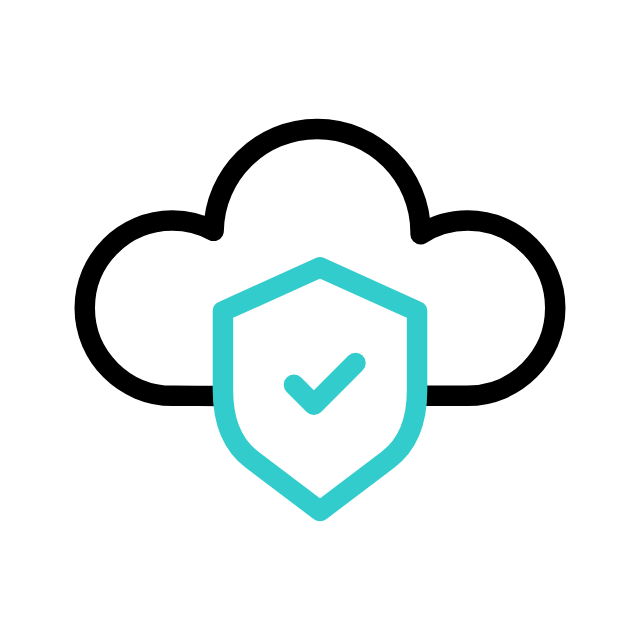Cloud platforms are developing and the demand for them is increasing. Representatives of such services focus on the threat spectrum to cover the entire possible Security measures and minimize them. There are basic threats that can affect the work of an entire company and more serious ones that are difficult to prevent. Therefore, it is critical to improve cloud storage practices.
Understanding the Cloud Security Landscape

Navigating many desktop repositories can be quite challenging, especially if they have all the security features in place. Therefore, we propose to analyze the areas where this complex system is used for business development and control.
Shared Responsibility: It’s a Two-Way Street
When you use a cloud service, you’re not off the hook for security. It’s a shared responsibility. You handle some parts, and the cloud provider handles others. For example, AWS takes care of the infrastructure. But you’re responsible for securing the data you store and how you access it.
Read up on your provider’s shared responsibility model. Here’s where you can find it for AWS, Azure, and Google Cloud.
Watch Out for Misconfigurations
Misconfigurations are easy mistakes to make, but can be costly. Maybe you left a data bucket open to the public. Or perhaps you’ve given too many permissions to too many people.
Regularly review your settings. Use automated tools that can flag potential issues.
Default Settings: Not Always Your Friend
When you first check out all AWS settings offered, they will be in a standard format. This will serve as a starting point and not as a final option. Therefore, please note that this setting may not be sufficient for your specific needs.
Cloud security is a big field. It’s got some pitfalls like shared responsibility confusion, misconfigurations, and less-than-perfect default settings. But with some attention and the right resources, you can navigate it safely.
Essential Components of Cloud Security
When it comes to cloud security, there are some key building blocks you need to have in place. These are the nuts and bolts that make your cloud fortress strong and secure. Let’s break them down.
Identity and Access Management (IAM)
First up is IAM. Think of it as the bouncer at the door of your cloud club. It decides who gets in and what they can do once they’re inside. With IAM, you can set roles and permissions. That way, only authorized people can access specific data or applications.
Companies like Okta specialize in IAM solutions that can help you manage access seamlessly.
Encryption
Next, we have encryption techniques. Imagine your data is a letter. Encryption is like sealing that letter in an envelope before sending it out. It keeps prying eyes away from your sensitive information. You should encrypt data both when it’s just sitting there (at rest) and when it’s moving from point A to point B (in transit).
VeraCrypt is a popular tool for disk encryption. It’s user-friendly and robust.
Network
Your network configurations are like the roads that connect your cloud city. Just as you wouldn’t want just any car driving on your private roads, you don’t want unauthorized traffic on your network. Use firewalls to block unwanted traffic and VPNs to create secure pathways for data.
Cisco offers a range of network security solutions, from firewalls to VPN services.
Regular Audits
Last but not least, regular audits. This is your health check-up for your cloud setup. Audits can spot vulnerabilities and help you fix them before they become bigger issues.
Cloudflare offers auditing tools that can scan your setup and suggest improvements.
By focusing on these essential components, you’re well on your way to a more secure cloud environment. Each plays a unique role, but they all work together to create a comprehensive security strategy.
Advanced Practices for a Safer Cloud Environment
So, you’ve got the basics down. Great! But in the fast-paced world of cloud computing, sticking to the basics might not cut it. For those who want to go above and beyond, here are some advanced strategies to consider.
Threat Intelligence Platforms
First up, let’s talk about threat intelligence platforms. These are like your cloud’s personal security guards. They keep an eye out for new risks and cyber threats in real-time. This helps you stay one step ahead of hackers. Companies like CrowdStrike and Trellix offer top-notch threat intelligence services.
Endpoint Security
What’s the endpoint? It’s any device that connects to your cloud—like laptops, smartphones, or tablets. Endpoint security ensures that these devices meet security standards before they can access the cloud. This is crucial because one vulnerable device can put your whole system at risk. Check out solutions from vendors like Symantec for this.
Incident Response Plans
Last but not least, have an incident response plan. This is your “break in case of emergency” plan. If something goes wrong, everyone should know what to do. This can limit damage and speed up recovery. Companies like Palo Alto Networks offer services to help you build a robust incident response strategy.
Specialized Vendors
Specialized cloud security vendors are companies that focus solely on cloud security. They’re the experts, and they offer advanced tools and services that go beyond basic security measures.
Conclusion
In today’s digital landscape, cloud security is a necessity. From understanding the shared responsibility model to implementing advanced security measures, enterprises have a range of strategies at their disposal to protect their cloud environments.
